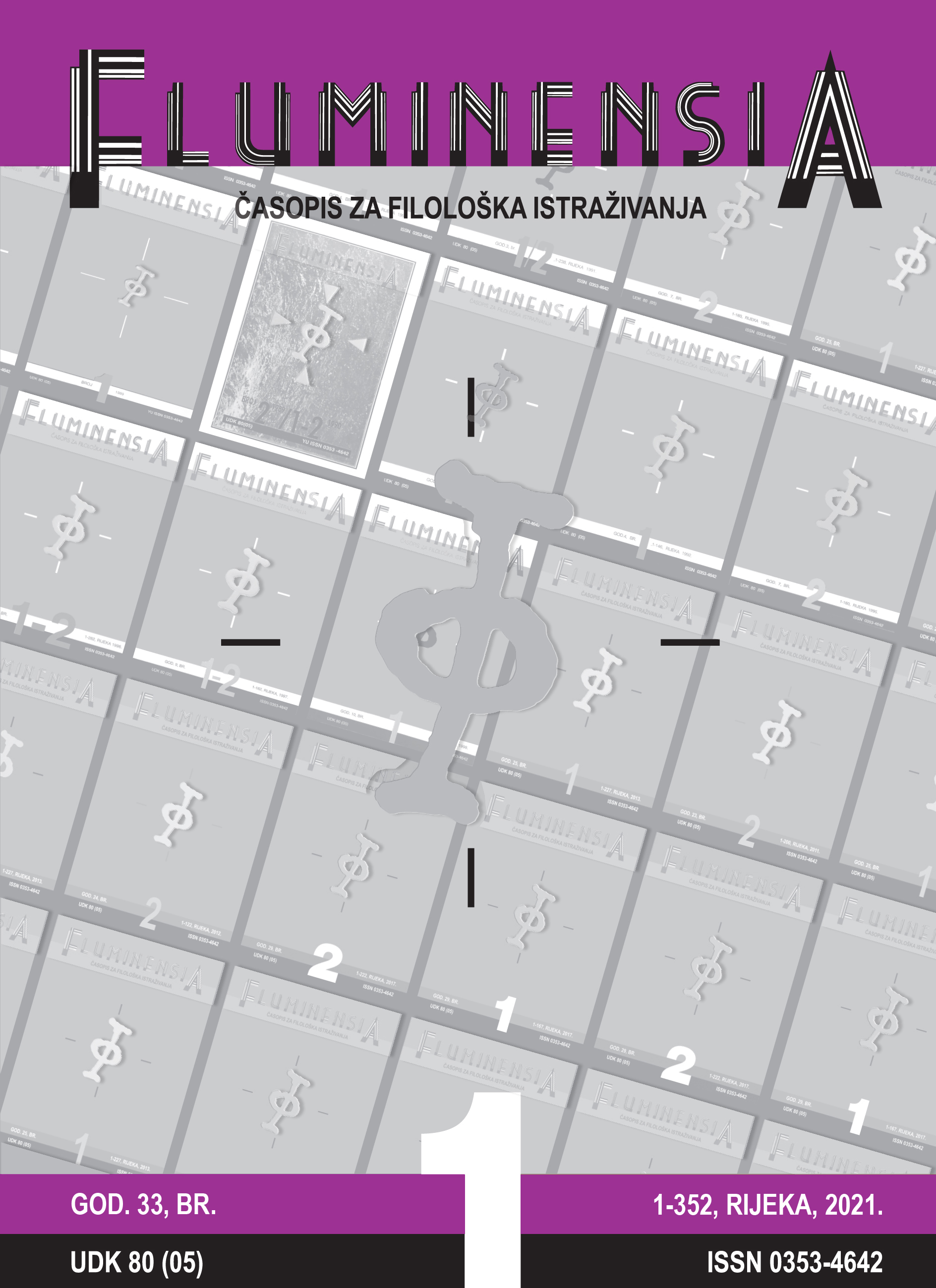LEXICALIZATION OF THE MOTION EVENT OF “GOING” IN THE HOLY QURAN: A COGNITIVE APPROACH
Keywords:
The Holy Quran, Cognitive linguistics, classification of languages, Lexicalization, Representation of motion, To go verbAbstract
Motion is basic and universal concept and among the major life experiences of human beings. studies by Talmy marked the beginning of cognitive research into motion; he delineated the systematic relations among surface and deep structures and, based on the representation of the motion event, classified languages into two groups of satellite-framed and verb-framed. The present study examined the representation of the motion event in the verb “to go” via corpus-based analysis. The corpus comprised texts from the Holy Quran, consisting of 88 verbs extracted from 114 Quranic verbs meaning “to go” after evaluating the surface structures used for concepts related to this verb of motion. In collecting said corpus, the verbs were extracted from Al-Maány website and, based on the author’s linguistic intuition with regard to the motion concept of going in the Quran, the relevant sample was collected and analyzed. This study aimed to examine manner- and path-lexicalization
verbs, and the representation of information on manner and path based on the lexicalization patterns of Talmy, and eventually investigate the consistency between the results and Talmy’s theory about the classification of language in terms of motion representation. The results showed that, in the Quran, of 88 verbs of motion with the deep structure of “to go”, 22 cases
lexicalized the path such as Zahaba (going), Araja (ascending), 40 cases the manner such as Haraba (escaping) and Farra (running away), and 26 cases a combination of the two such as Jaraya (flowing down) and Jarra (pulling on the ground) representing both elements of manner and path in the verb stem. Of these, the highest frequency in the manner of motion belonged to transition motion (80 cases), while only 8 cases were of the rotatory type. Another result was the inconclusiveness of Talmy’s theory about the classifications of languages in terms of the motion concept of going.

